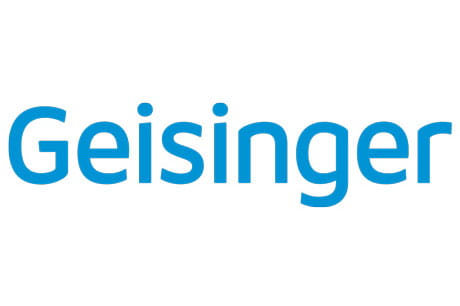Geisinger researchers find sex is not an independent risk factor for stroke mortality
Stroke survival rates for men and women equal among Geisinger patients
Various studies have suggested that women are disproportionately affected by stroke and may have poorer stroke outcomes. Women have a longer life expectancy than men and, therefore, likely have an increased lifetime risk of stroke. Women tend to be older than men at the time of stroke and have a higher pre-stroke degree of disability or dependence in their daily activities, which may contribute to worse outcomes. Rural populations may also have a higher risk of stroke based on a greater incidence of conditions like hypertension and poorly controlled diabetes.
Researchers at Geisinger analyzed electronic health record data for 8,900 patients who had an ischemic stroke between 2004 and 2019. Overall, female patients had a higher rate of all-cause mortality following stroke. However, after controlling for comorbidities, such as atrial fibrillation, diabetes, heart failure, and chronic lung or kidney diseases, survival rates for men and women were equal.
“Our study results indicate that women may have higher crude mortality after stroke; however, sex is not an independent risk factor for all-cause mortality in the rural communities that Geisinger serves,” said Vida Abedi, Ph.D., a scientist in the department of molecular and functional genomics at Geisinger and a co-author of the study. “Ischemic stroke recurrence and the composite outcome of stroke recurrence or death also did not demonstrate evidence of a sex disparity.”
The results were published in Therapeutic Advances in Neurological Disorders.
The study is part of a larger effort by the Neuroscience Institute at Geisinger, led by Ramin Zand, M.D., a vascular neurologist and president of the American Heart Association (AHA) Northeast Pennsylvania, with a focus on addressing stroke care disparity and women’s health, one of the current missions of AHA. The data analysis was led by Clare Lambert, a student at Geisinger Commonwealth School of Medicine.
To recognize the signs of a stroke, people should remember the acronym BE FAST:
• Balance: Does the person show signs of sudden loss of balance?
• Eyes: Are they experiencing sudden vision trouble like blurred, double or loss of vision?
• Face: Does the person’s face look uneven when they’re asked to smile?
• Arms: Is there weakness in one or both arms?
• Speech: Does the person have trouble speaking or seem confused?
• Time: Call 9-1-1 if you notice any of these signs or symptoms.
Geisinger’s nationally recognized Acute Stroke Program includes 24/7 stroke care at all of our hospitals, two Comprehensive Stroke Centers designated by The Joint Commission and the American Heart Association at Geisinger Medical Center in Danville and Geisinger Wyoming Valley Medical Center in Wilkes-Barre, Primary Stroke Center hospitals, and research-proven care that helps people recover from stroke with fewer disabilities. To learn more, visit geisinger.org/stroke.
About Geisinger
Geisinger is among the nation’s leading providers of value-based care, serving 1.2 million people in urban and rural communities across Pennsylvania. Founded in 1915 by philanthropist Abigail Geisinger, the non-profit system generates $10 billion in annual revenues across 134 care sites - including 10 hospital campuses, and Geisinger Health Plan, with 600,000 members in commercial and government plans. The Geisinger College of Health Sciences educates more than 5,000 medical professionals annually and conducts more than 1,400 clinical research studies. With 26,000 employees, including 1,600 employed physicians, Geisinger is among Pennsylvania’s largest employers with an estimated economic impact of $14 billion to the state’s economy. On March 31, 2024, Geisinger became the first member of Risant Health, a new nonprofit charitable organization created to expand and accelerate value-based care across the country. Learn more at geisinger.org or connect with us on Facebook, Instagram, LinkedIn and X.

For media inquiries:
Ashley Andyshak Hayes
Marketing Strategist
Marketing & Communications
570-271-8081
arandyshakhayes@geisinger.edu
